Understanding the African Baboon Tarantula
The African Baboon Tarantula, scientifically known as Harpactira spp., is a captivating species for both novice and experienced arachnid enthusiasts. Native to the African continent, these spiders are known for their striking appearance and relatively manageable care requirements. This guide delves into every aspect of caring for an African Baboon Tarantula, ensuring its well-being and longevity. Understanding the basics of their natural environment, enclosure setup, feeding habits, and potential health issues is crucial for providing a suitable habitat and fostering a healthy tarantula. The more informed you are, the better you can provide for your pet and enjoy the unique experience of keeping an African Baboon Tarantula.
Origin and Habitat of the African Baboon Tarantula
Before bringing an African Baboon Tarantula into your home, it’s essential to understand its natural environment. Knowing where they come from helps in replicating their habitat, which is fundamental to their health and happiness. These tarantulas have evolved to thrive in specific conditions, and creating a similar environment in captivity can dramatically increase their lifespan and overall well-being.
Natural Habitat
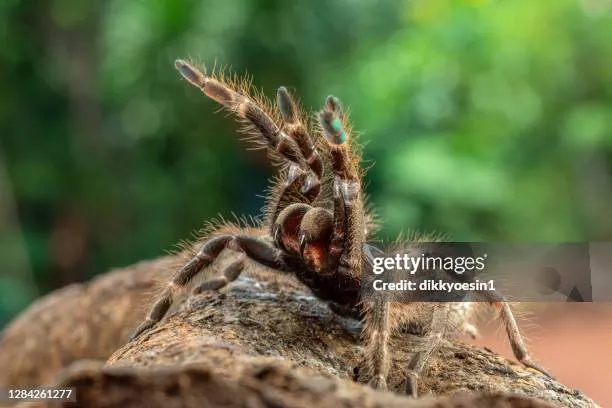
African Baboon Tarantulas are primarily found in the dry, shrub-lands and grasslands of Southern Africa. They are terrestrial spiders, meaning they spend most of their time on the ground. They create burrows or utilize existing crevices in the environment, providing them shelter from the intense sun and predators. They are well-adapted to the seasonal changes in their native habitats, including varying temperatures and humidity levels. Replicating these conditions is key to their survival in a captive environment, requiring careful consideration of the enclosure’s setup and maintenance.
Appearance and Characteristics
African Baboon Tarantulas are known for their robust and impressive appearance. Their physical traits and characteristics not only contribute to their survival in the wild but also make them fascinating pets. Understanding their size, lifespan, and unique features provides a more profound appreciation of these creatures.
Size and Lifespan
African Baboon Tarantulas vary in size depending on the species and individual spider. Generally, females are larger than males, with a leg span that can reach up to 6 inches. They can live for a considerable amount of time, with females often living for 10-15 years or even longer under optimal conditions. Males, on the other hand, tend to have a shorter lifespan, usually living for about 3-5 years, mainly due to their shorter lifespan post-maturity and risks associated with mating.
Coloration and Features

The coloration of African Baboon Tarantulas can vary depending on the species. They commonly exhibit shades of brown, tan, and sometimes reddish hues. Their bodies are covered in hairs (setae) that provide sensory information and help them navigate their environment. One of the most distinguishing features of the Baboon Tarantula is the arrangement of the hairs on their legs, which gives them a somewhat ‘fuzzy’ appearance. They also have strong chelicerae (fangs) that they use for hunting and defense.
Setting Up the Ideal African Baboon Tarantula Enclosure
The enclosure is the home of your African Baboon Tarantula, and its setup is crucial for its health and well-being. Creating an appropriate environment involves selecting the right enclosure type, providing suitable substrate, and maintaining the correct temperature and humidity levels. These factors together mimic their natural habitat and contribute to the spider’s comfort and longevity.
Enclosure Size and Type
The size of the enclosure should be appropriate for the size of your tarantula. A good rule of thumb is to provide an enclosure that is at least three times the tarantula’s leg span in length and width. For a juvenile, a smaller enclosure can be more manageable, whereas adults will need a larger space. Glass or clear plastic terrariums with secure lids are ideal. Good ventilation is important, so ensure the enclosure has small air holes to allow for airflow while preventing the spider from escaping. Avoid enclosures with sharp edges or features that could harm the tarantula.
Substrate and Decor
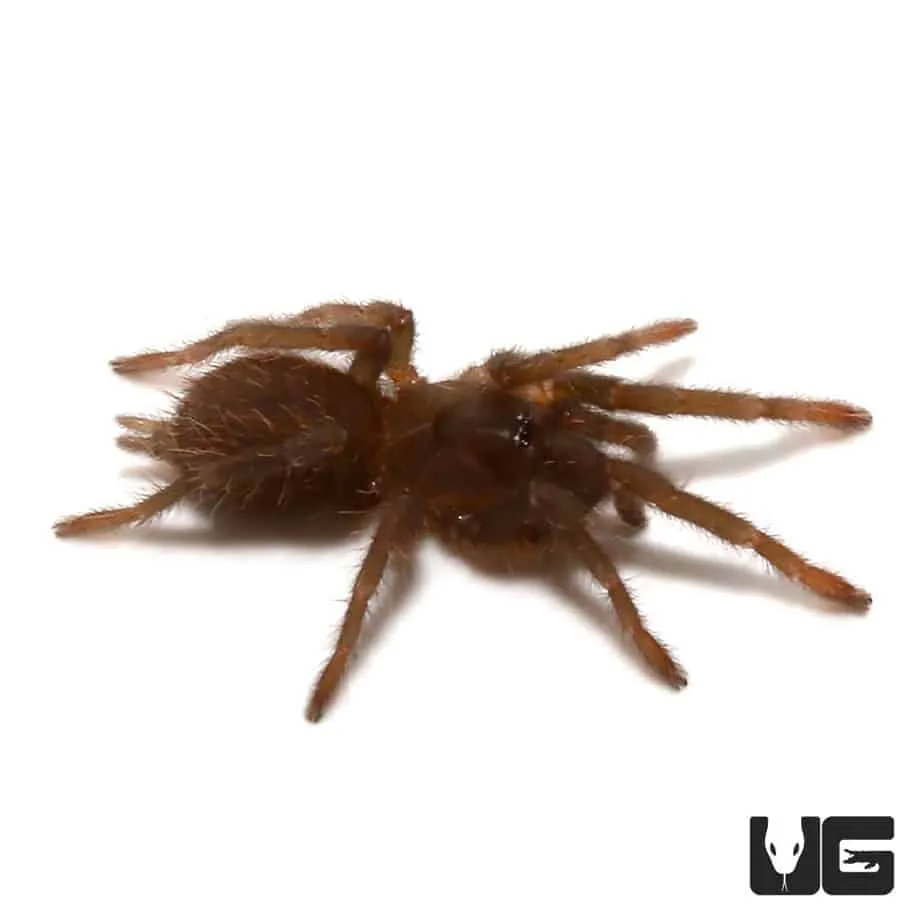
The substrate should mimic the spider’s natural environment. A mixture of coconut fiber, peat moss, and a bit of vermiculite is a good choice. This mixture holds moisture well, allowing you to maintain the required humidity levels. Provide a substrate depth that allows the tarantula to burrow. Decorate the enclosure with cork bark, artificial plants, and other non-toxic items to give the tarantula places to hide and feel secure. Ensure all decorations are stable and will not crush the tarantula. Regular cleaning of the enclosure is crucial to prevent the buildup of waste and maintain a healthy environment.
Temperature and Humidity
African Baboon Tarantulas thrive in a temperature range of 75-85°F (24-29°C). You can use a heat mat placed on the side of the enclosure to maintain the temperature, but avoid placing it directly underneath the enclosure to prevent overheating. Humidity should be maintained between 60-70%. This can be achieved by lightly misting the enclosure with dechlorinated water a few times a week. Use a hygrometer to monitor the humidity levels and make adjustments as needed. Proper ventilation is necessary to prevent mold growth and maintain a healthy environment.
Feeding Your African Baboon Tarantula
Feeding is a fundamental aspect of caring for your African Baboon Tarantula. Understanding their dietary needs, frequency of feeding, and how to provide water ensures your tarantula stays healthy and well-nourished. A properly fed tarantula is more likely to thrive and exhibit natural behaviors.
Dietary Needs
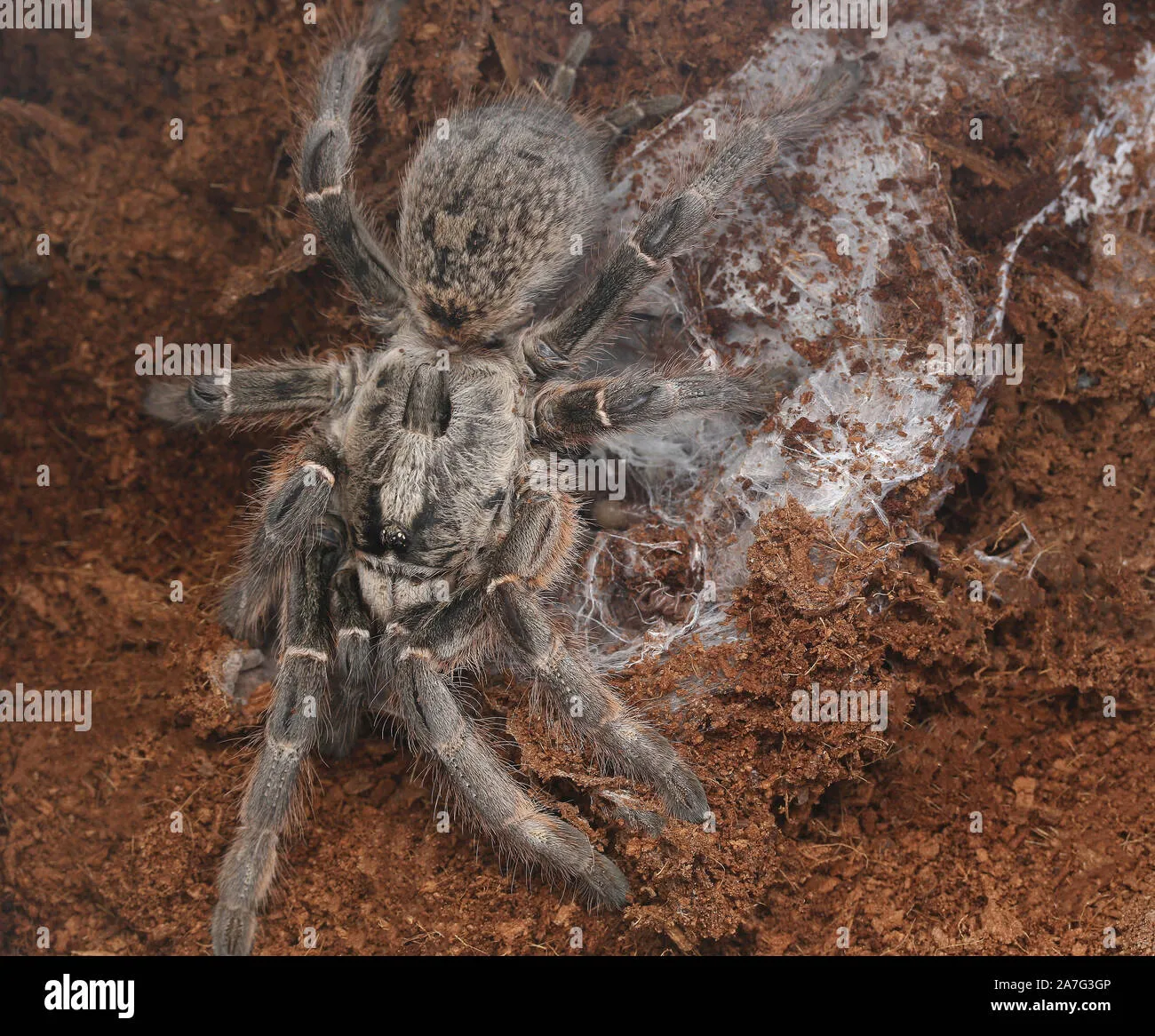
African Baboon Tarantulas are primarily insectivores. Their diet should consist of live insects. Crickets, mealworms, roaches (such as dubia roaches), and even small spiders make excellent choices. The size of the prey should be appropriate for the size of your tarantula; the prey should be no larger than the tarantula’s abdomen. Variety in the diet is beneficial to ensure the tarantula receives a range of nutrients. Before feeding, dust the insects with a calcium and vitamin supplement, especially for juveniles, to promote healthy growth and molting.
Feeding Frequency
The feeding frequency depends on the age and size of the tarantula. Spiderlings and juveniles should be fed more frequently, usually 2-3 times a week, while adults can be fed once a week or every other week. Always remove any uneaten prey after 24 hours to prevent the insects from bothering the tarantula or causing stress. Monitor your tarantula’s abdomen; if it appears too plump, reduce the feeding frequency. A healthy tarantula will have a round abdomen, indicating it is well-fed.
Watering and Hydration
Clean, fresh water is essential for your tarantula’s survival. Provide a shallow water dish filled with clean, dechlorinated water. Make sure the water dish is small enough that the tarantula can easily access it without risking drowning. For spiderlings, use a water dish with a cotton ball or sponge to prevent them from falling in. Regularly check the water dish and refill it as needed. In addition to the water dish, misting the enclosure a few times a week can help maintain the humidity levels and provide a secondary source of water for the tarantula.
Handling and Safety Precautions

Handling African Baboon Tarantulas should be approached with caution, as they possess defensive mechanisms. Understanding how to handle them safely and recognizing stress signs can help prevent both injury to the tarantula and the handler. Respecting these creatures and taking the necessary precautions is essential for their well-being.
Safe Handling Practices
African Baboon Tarantulas are known for their defensive behaviors, including biting. Handling should be kept to a minimum and only undertaken when absolutely necessary, such as cleaning the enclosure or performing a health check. If you must handle your tarantula, do so with extreme care and gentleness. Avoid sudden movements and always keep your hand steady and close to the ground to minimize the risk of falls. Some keepers choose to use a soft brush to gently guide the tarantula into a container for relocation.
Recognizing Stress Signs
Tarantulas exhibit certain behaviors when stressed or feeling threatened. Recognizing these signs is crucial to avoid unnecessary handling and to ensure the tarantula’s well-being. Some common signs include a defensive posture, such as raising their front legs, showing their fangs, or flicking hairs from their abdomen. They may also become more reclusive, hiding in their burrow or refusing food. If your tarantula shows these signs, leave it alone and allow it to calm down. Providing a secure and undisturbed environment is key to minimizing stress.
Common Health Issues and Care
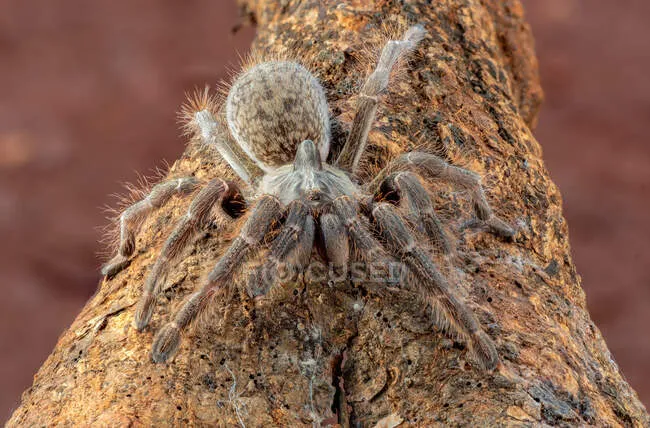
Like all animals, African Baboon Tarantulas can experience health issues. Recognizing the signs of illness and knowing how to address them can help ensure your tarantula lives a long and healthy life. Providing a clean, stress-free environment and paying attention to their behavior are essential aspects of preventative care.
Identifying and Treating Mites
Mites are a common issue in tarantula enclosures. They are tiny parasites that can infest the tarantula and its environment. Signs of a mite infestation include small, moving dots on the tarantula’s body or around the enclosure. To prevent mites, maintain a clean enclosure and regularly remove waste. If you suspect a mite infestation, you can try removing the tarantula and cleaning the entire enclosure, including replacing the substrate. In severe cases, consult with a veterinarian or an experienced tarantula keeper for advice on treatments.
Preventing Mold and Fungus
Mold and fungus can grow in the enclosure if humidity levels are too high or if the ventilation is poor. To prevent mold, ensure proper ventilation, avoid over-misting the enclosure, and clean up any spilled food promptly. Remove any visible mold immediately, and consider changing the substrate if necessary. Proper temperature and humidity control are key to preventing the growth of mold and fungus. Providing a healthy, clean environment will help your tarantula avoid these issues.
Molting Process and What to Expect
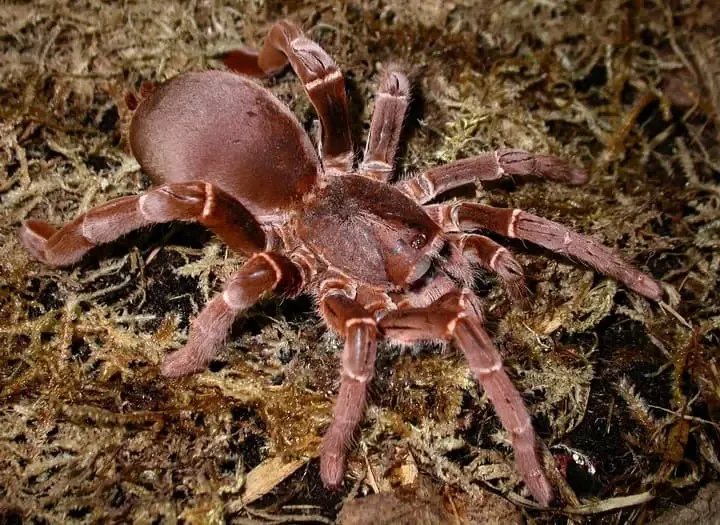
Molting is a natural process where tarantulas shed their exoskeleton to grow. Understanding the molting process and what to expect can help you support your tarantula during this vulnerable time. Patience and maintaining a stable environment are essential for a successful molt.
Preparing for Molting
Before molting, your tarantula may exhibit certain behaviors, such as refusing food, becoming lethargic, and building a web mat or sealing off its burrow. During this period, it’s crucial to maintain a stable environment. Avoid disturbing the tarantula and do not offer food. Ensure the enclosure has adequate humidity and temperature. Provide a shallow water dish with clean water to aid in hydration during the molting process.
Post-Molting Care
After molting, the tarantula’s exoskeleton will be soft and vulnerable. Do not handle your tarantula for at least a week after a molt, allowing its new exoskeleton to harden fully. Offer food, but be prepared that it might take a few days for your tarantula to regain its appetite. Increase the humidity in the enclosure slightly to help the new exoskeleton harden. Monitor the tarantula for any signs of injury or difficulty, and provide a safe and undisturbed environment to recover.
Breeding African Baboon Tarantulas
Breeding African Baboon Tarantulas can be a rewarding experience, but it requires specific knowledge and careful planning. It is important to understand the process, including how to sex your tarantula and provide the appropriate conditions for mating and egg sac care. Careful planning and understanding of the process increase the likelihood of successful breeding.
Sexing Your Tarantula
Sexing is essential to determine if you have a male and female pair. You can usually determine the sex of a tarantula by examining its molt. Examine the underside of the molt for the presence of spermathecae (a pouch for storing sperm) in females. Males have a small, raised structure between their book lungs. For immature tarantulas, sexing can be difficult and may require the expertise of an experienced keeper or a professional.
Mating and Egg Sac Care
Mating African Baboon Tarantulas can be a delicate process. It involves introducing the male to the female’s enclosure. Ensure the female is well-fed and receptive. If the female accepts the male, mating may occur. After mating, remove the male from the enclosure to prevent him from being eaten. The female will lay eggs, and the egg sac will contain the spiderlings. The female will guard the egg sac until the spiderlings hatch. Proper care and maintenance are crucial during this period to ensure a successful outcome.
